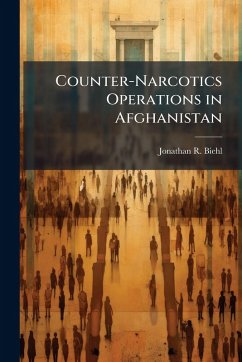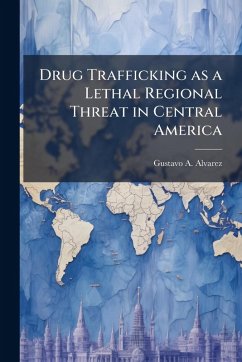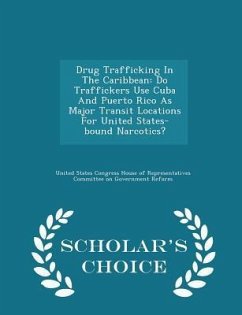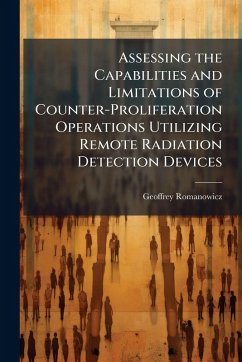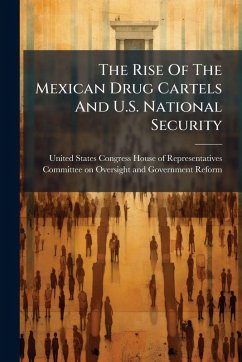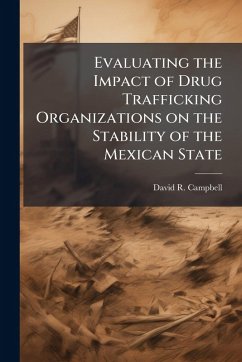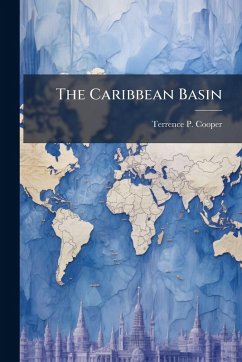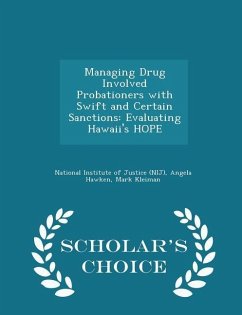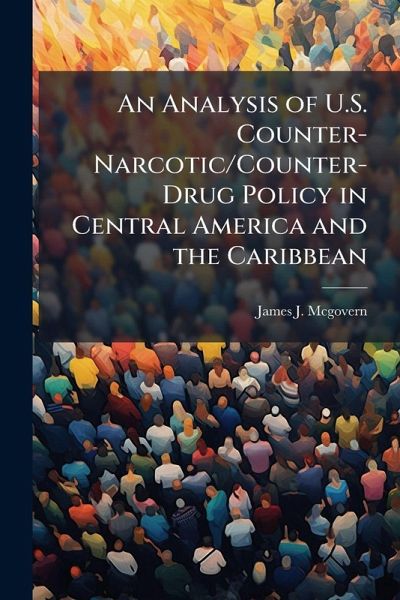
An Analysis of U.S. Counter-Narcotic/Counter-Drug Policy in Central America and the Caribbean
Versandkostenfrei!
Versandfertig in über 4 Wochen
14,99 €
inkl. MwSt.
Weitere Ausgaben:

PAYBACK Punkte
7 °P sammeln!
A detailed review of United States government publications on counter-narcotics throughout the Interagency results in the discovery of upbeat and positive estimates of our nation's success in the current war on drugs. An enormous national effort has been made to confront the scourge of illicit drug trafficking and its domestic use over the last three decades, leading to some well-documented victories. However, a number of outspoken critics both at home and abroad have put in question these successes and suggest there may be issues worthy of closer scrutiny with respect to U.S. counter-narcotic...
A detailed review of United States government publications on counter-narcotics throughout the Interagency results in the discovery of upbeat and positive estimates of our nation's success in the current war on drugs. An enormous national effort has been made to confront the scourge of illicit drug trafficking and its domestic use over the last three decades, leading to some well-documented victories. However, a number of outspoken critics both at home and abroad have put in question these successes and suggest there may be issues worthy of closer scrutiny with respect to U.S. counter-narcotic/counter-drug (CN/CD) policy. The Office of National Drug Control Policy (ONDCP) highlights President George W. Bush's plan by focusing on its three principal goals: Stopping Drug Use Before It Starts--Education and Community Action; Intervening and Healing America's Drug Users; and Disrupting the Market for Illicit Drugs.1 Although sources of narcotics range from Afghanistan to Myanmar to Colombia, the most prolific import source of drugs found on U.S. streets continues to be from our southern neighbors, a region that has been the focus of a War on Drugs since as early as the 1980s. This work has been selected by scholars as being culturally important, and is part of the knowledge base of civilization as we know it. This work was reproduced from the original artifact, and remains as true to the original work as possible. Therefore, you will see the original copyright references, library stamps (as most of these works have been housed in our most important libraries around the world), and other notations in the work. This work is in the public domain in the United States of America, and possibly other nations. Within the United States, you may freely copy and distribute this work, as no entity (individual or corporate) has a copyright on the body of the work. As a reproduction of a historical artifact, this work may contain missing or blurred pages, poor pictures, errant marks, etc. Scholars believe, and we concur, that this work is important enough to be preserved, reproduced, and made generally available to the public. We appreciate your support of the preservation process, and thank you for being an important part of keeping this knowledge alive and relevant.



